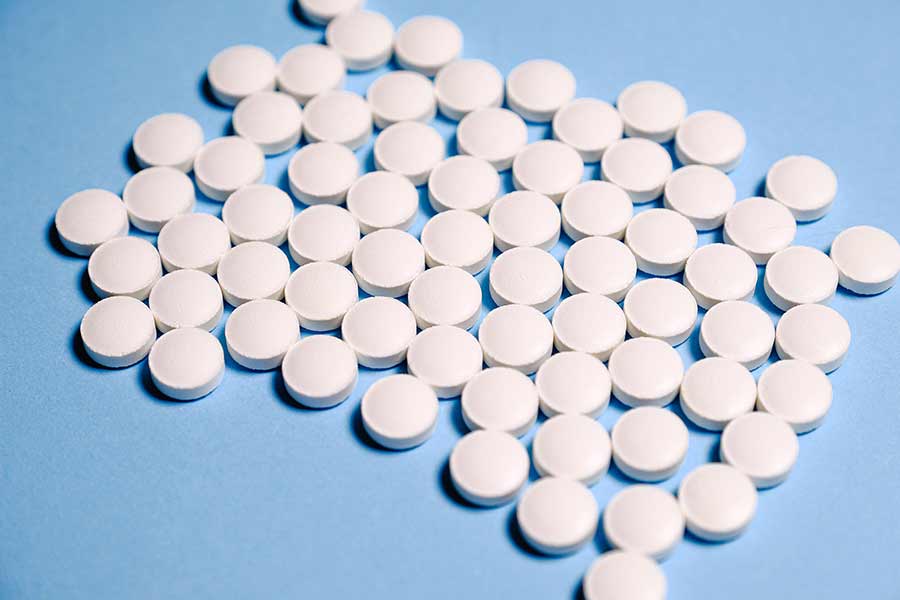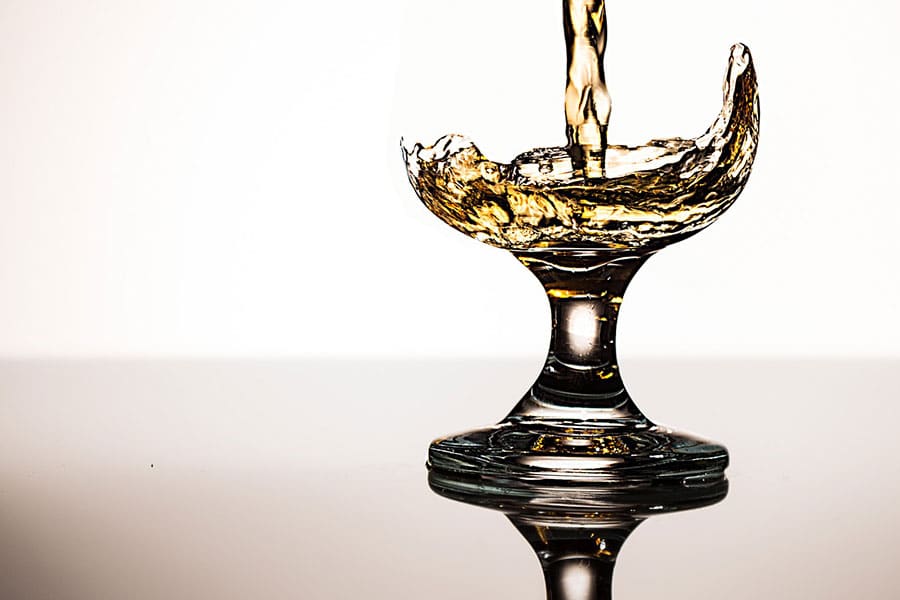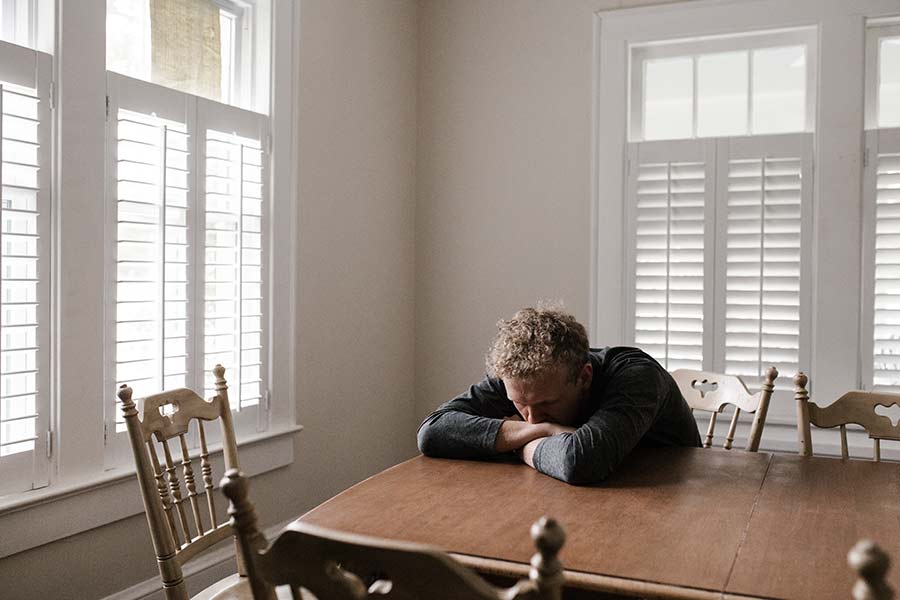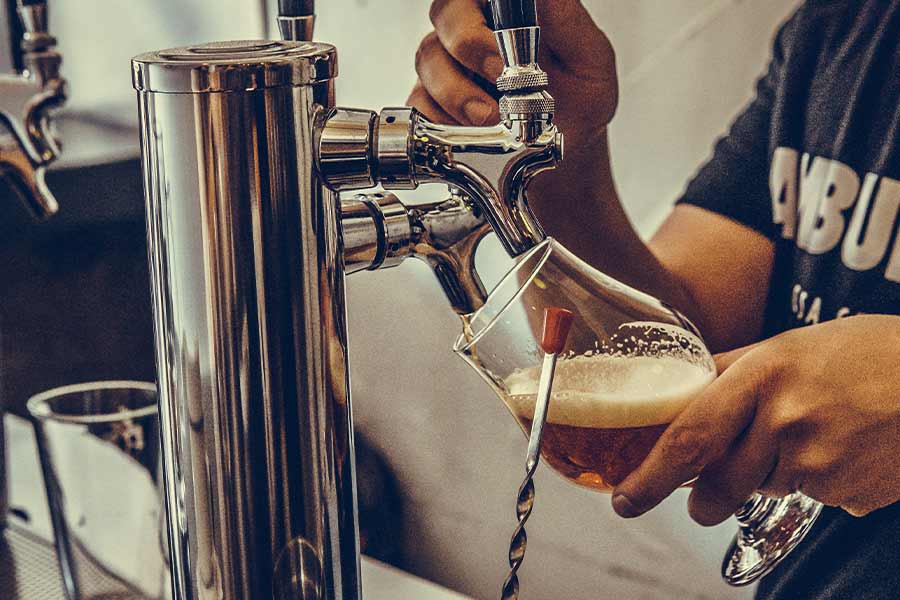
Medication-Assisted Treatment or MAT in the United States typically blends therapeutic counseling with medication management. MAT was most often used for opioid addiction in the past. More recently it has also proven effective for alcoholism and other substance abuse disorders (SUDs). The results achieved by MAT patients are impressive. Patients in MAT programs are up to 3 times as likely to remain in treatment and recovery. (1)
Understanding MAT
While MAT is a valuable and effective treatment tool, there are some misunderstandings about how these programs work and what their purpose is. There are a number of goals with an MAT program and which ones are emphasized will depend on the patients needs. For example, someone who has been abusing heroin for 10 years and engaging in dangerous behavior has different needs than a pain management patient who has been addicted for less than a year might. An elderly alcoholic will need a different program than a young person abusing benzodiazepines.
For a chronic relapse patient engaged in dangerous behaviors, harm reduction may be at the forefront of their treatment. At least in the beginning, it’s about getting that patient away from immediate danger. They may remain in an MAT program for a year or much longer perhaps. A patient with a milder use pattern and more stable recovery may only participate in MAT treatment for a few months. Ultimately the length of Medication Assisted Treatment is determined by the needs of the patient. The clinician will evaluate them and a treatment plan will be crafted to give them the best possible chance for success in recovery.
Medication-Assisted Treatment is Not a Cure for Addiction
Medication Assisted Treatment should not be seen as a cure for addiction. Rather it is a means to an end. Changing one’s lifestyle to include and practice the principles of recovery for life is the desired outcome. MAT is a tool to help people achieve this by controlling cravings and other unpleasant symptoms which often lead to relapse in early recovery. A sound MAT treatment plan should include counseling and therapy with goal setting. It may include medications for a co-occurring disorder such as depression or anxiety along with medications to abate cravings or withdrawal symptoms. The amount and frequency of therapy may change over time. Medications will usually be adjusted as well.
It may be helpful to understand Medication Assisted Treatment as part of an overall plan for managing a substance use disorder. The most robust treatment plans usually include several elements. Most patients will want to complete MAT after a period of time they have discussed with their care provider. No one should ever be shamed for using MAT as a tool in their recovery. The best way to approach MAT for most patients is with an open mind. Rely on the specialists to advise you on how to proceed rather than beginning with a pre-conceived notion of just how long you’re going to participate in the program. MAT can be a valuable tool in your recovery if you have not yet begun treatment. It can provide essential “breathing room” to give you time to build a solid foundation for a lifetime of sober living.
If you have any questions about how Medication Assisted Treatment works, you are invited to give us a call or jump on the chat. We will be happy to explain all of the treatment options for you and how MAT may fit into your recovery plan.








